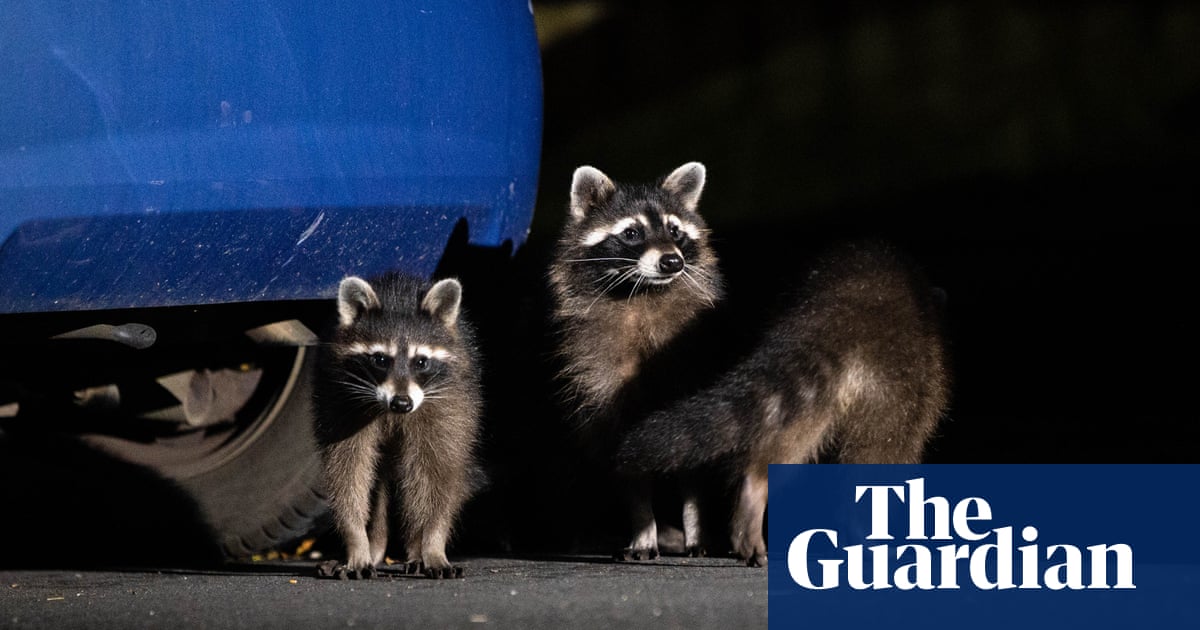There are a lot of issues on Cape Cod, Martha's Vineyard, and Nantucket due to the success of reforestation, environmental restoration, sanctuaries, and land trusts:
- Wild Turkeys, Skunks, and Deer have taken over Martha's Vineyard. All vegetation is fair game, especially in off-seasons. They have no predators. (The island had no skunks until the 1970s when hippies introduced them.)
- Nantucket has been so successful with the Nantucket Islands Land Bank Act (1983) (2% tax on real estate transfers) that 50% of Nantucket Island is permanently protected through a combination of environmental trusts, land banks, and conservation restrictions:
- Nantucket Conservation Foundation (NCF) owns and manages roughly 9,010 acres, which is nearly one-third (30–31%) of the island
- Nantucket Islands Land Bank holds around 3,442 acres, with another ~503 acres protected via conservation restrictions, totaling nearly 3,945 acres (~17%)
- Now, no seasonal, low-income, middle-income, or upper-middle-income workers can live on the island. Often, less desirable land for mid-island housing becomes the target of bidding wars, with well-funded environmental trusts often winning.
- Nantucket is effectively and extension of the New Yok finance community.
- Seal population rebounded in the 1990s, especially around Monomoy Island (south of Chatham). Now the entire Cape Cod Seashore is overrun with Great Whites from August 1st to October. I used to kayak in the inlets around Chatham, but the Great Whites now come into the inner harbors and sounds.
- According to fishermen, seals are allegedly harming some coastal fishing stocks. (Massachusetts Seal Pelt Program began circa 1888 and continued intermittently through 1962; Bounty rates varied over time:
Early years: $1 per seal tail
Later years: up to $5 per whole pelt and nose
- Rabbits and Deer are definite pests on Cape Cod mainland. Few predators.
